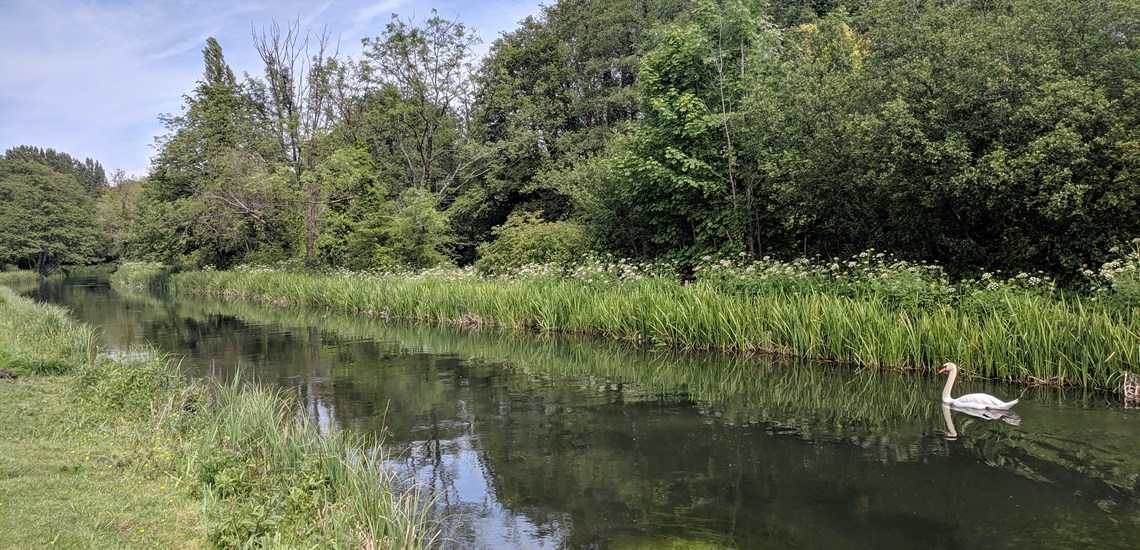Though most of our planet’s surface is covered by water, less than 3% is drinkable. This essential resource is becoming increasingly scarce as Earth’s population grows and the climate becomes warmer. The result: less water to go round. Solving this challenge is a task for us all.
Thirsty on a blue planet
By 2030, over half the world’s population will face water scarcity according to estimates by United Nations Water – the function responsible for coordinating the United Nations’ efforts on water and sanitation issues.
Looking at images of Earth from space, the idea of water scarcity seems absurd. After all, 70% of the planet’s surface is covered by ocean. However, most of the water on our planet is salty seawater, which is undrinkable. Unless treated first, it would dehydrate your body far quicker than it would quench your thirst.
The water humans can drink is freshwater – which only makes up about 3% of our planet’s water. Freshwater is repeatedly recycled through the water cycle.
More mouths and less water
Our planet’s population is growing. This means greater demand for water. Meanwhile, global warming is affecting the water cycle, so less freshwater is finding its way back into reservoirs, rivers and aquifers. As a result, our world has more people and less readily available water to go round.
In 2019, water scarcity made the headlines. ‘The jaws of death’ was used to describe the point where there is not enough water to meet demand. The phrase was coined by Sir James Bevan, Chief Executive of the Environment Agency (EA). Speaking at the EA’s Waterwise Conference in London, he predicted this moment would arrive for England in the next 25 years ‘if we do not take action to change things.’
The impact of climate change
The UK has a reputation as a rainy country, yet we are still at risk of drought. Weather should not be confused with climate. Weather events are short-term descriptions of the atmosphere. Meanwhile, climate describes how the atmosphere behaves over longer periods of time.
Growing population and consumption
By 2050, the population of the UK is predicted to increase from 66,850,000 people to 75,000,000. That’s over 8 million more people sharing our water supply. Based on today’s average water consumption, our country would use 1.2 billion litres more water each day. Yet water scarce regions in the UK do not have a surplus to cater for this extra demand. If there is going to be enough water to go round, everybody will have to use less.
In the last fifty years, the way people in the UK use water has changed radically. In the 1960s, individuals used around 80 litres per day. In the last decade, the figure peaked at 150 litres. Now, the UK average has dropped back down to around 140 litres.
Saving water is a task for us all
Work is already underway at Southern Water to improve infrastructure, leakage and consumption. However, we cannot succeed alone. Through our Target 100 programme (T100), we’re making a commitment to our customers. We will support them to reduce personal consumption to an average of 100 litres each per day by 2040 while we reduce leakage by 15% by 2025 and 40% by 2040.
We're doing our best to reduce water wastage. We're offering free water-saving home visits to provide advice, look for leaks and fit water saving devices. We'll encourage, support and incentivise our customers to understand the value of the water they use. At the same time, we'll invest in new, innovative ways of finding and fixing leaks. It’s all part of our commitment to create a resilient water future for the South East.
With Cape Town in South Africa almost reaching Day Zero in summer 2018, water scarcity is a very real threat. Despite the UK’s reputation for rain, we are at risk too.
Our country is becoming warmer and rainfall patterns are changing, leaving our water sources diminished and unable to recover. Meanwhile, our growing population is putting greater demand on these depleted sources.
Addressing water scarcity is a task for us all. Together, water companies, businesses and individual consumers must take action to address infrastructure, waste and consumption and create a resilient water future for our country.
